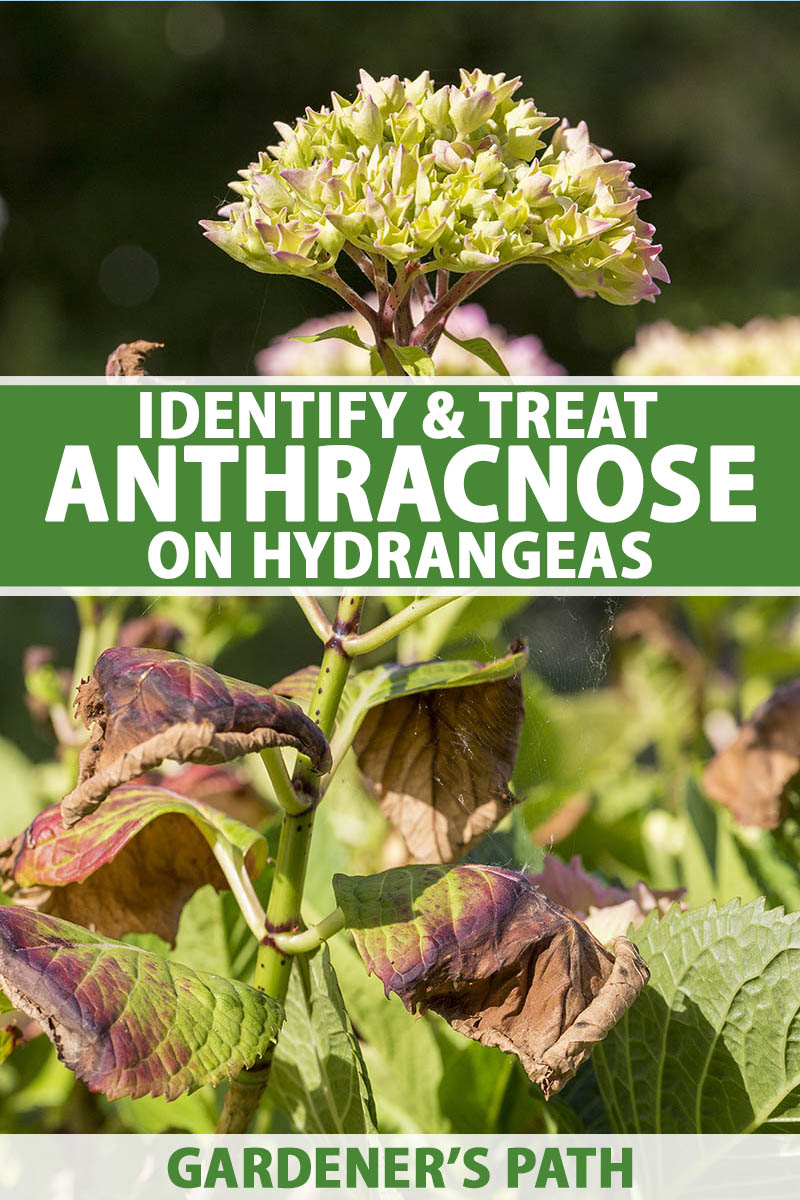More About Hydrangea Leaves Turning Yellow
The Greatest Guide To Hydrangea Leaves Turning Yellow
Table of ContentsThe smart Trick of Hydrangea Leaves Turning Yellow That Nobody is Talking AboutThe Main Principles Of Hydrangea Leaves Turning Yellow The Main Principles Of Hydrangea Leaves Turning Yellow Hydrangea Leaves Turning Yellow Fundamentals ExplainedWhat Does Hydrangea Leaves Turning Yellow Mean?The Ultimate Guide To Hydrangea Leaves Turning Yellow
One opportunity is that the plant is not getting sufficient sunlight. During the winter season months, the days are shorter, and the sun is not as intense, so see to it to place your Hydrangea in an area where it will access least six hours of sunlight each day. Another reason for Hydrangea yellow leaves in winter season could be way too much water.The fallen leaves may be transforming yellow due to temperature tension. Hydrangeas like cooler temperature levels, so if the plant remains in a spot that obtains too hot or also chilly, the leaves will transform yellow. If you think temperature level anxiety could be the issue, attempt relocating your Hydrangea to a various place or securing it from the elements with a burlap cover.
New growth will certainly be observed in early springtime, when you'll discover green vegetation growing from stems that may have appeared dead. Nonetheless, if your fallen leaves are turning brownish in spring or summertime, there are likely various other elements at play. The precise factors depend on the variety and their growing problems, however in general, brown hydrangea leaves suggest dehydration and wilting in the heat
The smart Trick of Hydrangea Leaves Turning Yellow That Nobody is Discussing

Wilting is triggered by lack of dampness, implying there are a couple of excellent methods to use to avoid this from happening. Give your hydrangeas a healthy and balanced glug of water every couple of days when the temperature levels are climbing up high, and deal with the dirt to better keep moisture. After watering, a dab of mulch around the base of each plant ought to aid with this by keeping wetness in the dirt.
This interferes with fungis spores from settling. "The Botrytis fungus thrives in amazing and damp problems, so stay clear of showering the entire plant when sprinkling and just water at the origins," shares Roy Nicol, a Master Green thumb. If you have actually missed the opportunity for prevention and are taking care of an infection you need to remove all dead or badly contaminated fallen leaves from the plant and damage them to stop more spread.
What Does Hydrangea Leaves Turning Yellow Do?
As a basic general rule, we recommend removing leaves when they are 50% brownish or higher. While browning triggered by any reason can not be reversed, taking the rehabilitative activity explained above will urge the plant to grow brand-new leaves so the harmed fallen leaves either diminish naturally or can be gotten rid of by the garden enthusiast.
Hydrangeas must be watered just when the leading couple of inches of soil are completely dry, and should be provided a thorough saturating each time. Underwatered hydrangeas are likely to have yellow, wilting, and drooping leaves. Raise the frequency and quantity of watering for your hedge to help address this concern. Hydrangeas like fairly damp (yet not soaked) dirt, so provide the origins a great saturating and allow water to be taken in right into the dirt before using much more.
The way you take care of hydrangea leaves transforming yellow depends on the vital problem creating the yellow leaves. This can be hard to determine, once you do you will be able to adjust your plant treatment as necessary to deal with the trouble. As discussed in the past, an usual issue with hydrangeas is vitamins and mineral deficiencies.
The Best Guide To Hydrangea Leaves Turning Yellow
During the peak growing period, you ought to sprinkle at a price of concerning 1 inch per week. If you are fretted about not effectively sprinkling your hydrangeas, there are a number of things you can do. Adding mulch to the base of the plants over the root area aid to read what he said regulate the temperature level around the bush and maintain water in the soil.
You can buy and install simple watering worlds. Watering globes hold water in them and gradually launch this water into the soil as the ground becomes completely dry. Just load the world with water, stick the spout into the dirt within the origin zone near the base of the plant, and leave it in position till all the water is from this source gone.
If it is too severe, some plants will never ever recover from transplant shock and will continue to decrease till they pass away. Lessen transplant shock by consisting of as lots of roots as feasible when digging up your plant to move it. Be certain to provide more water than usual in the weeks adhering to planting to help your plant recuperate and expand brand-new origins.
Hydrangea Leaves Turning Yellow Can Be Fun For Everyone
To avoid spreading fungal conditions, be sure to thouroughly tidy and decontaminate any kind of trimming tools prior to and after use. You can attempt to purge the roots with water to eliminate excess fertlizer.
Your hydrangea plant likes well-drained, wet dirt. If the pot has bad drainage, or your soil is flooded, the fallen leaves will start to turn yellow.
If you don't water your hydrangea plant for even more than a week, the leaves will start turning yellow. Fungal conditions that strike the plants tend to show indications on the origins and the fallen leaves of the plant.
Some Ideas on Hydrangea Leaves Turning Yellow You Should Know
